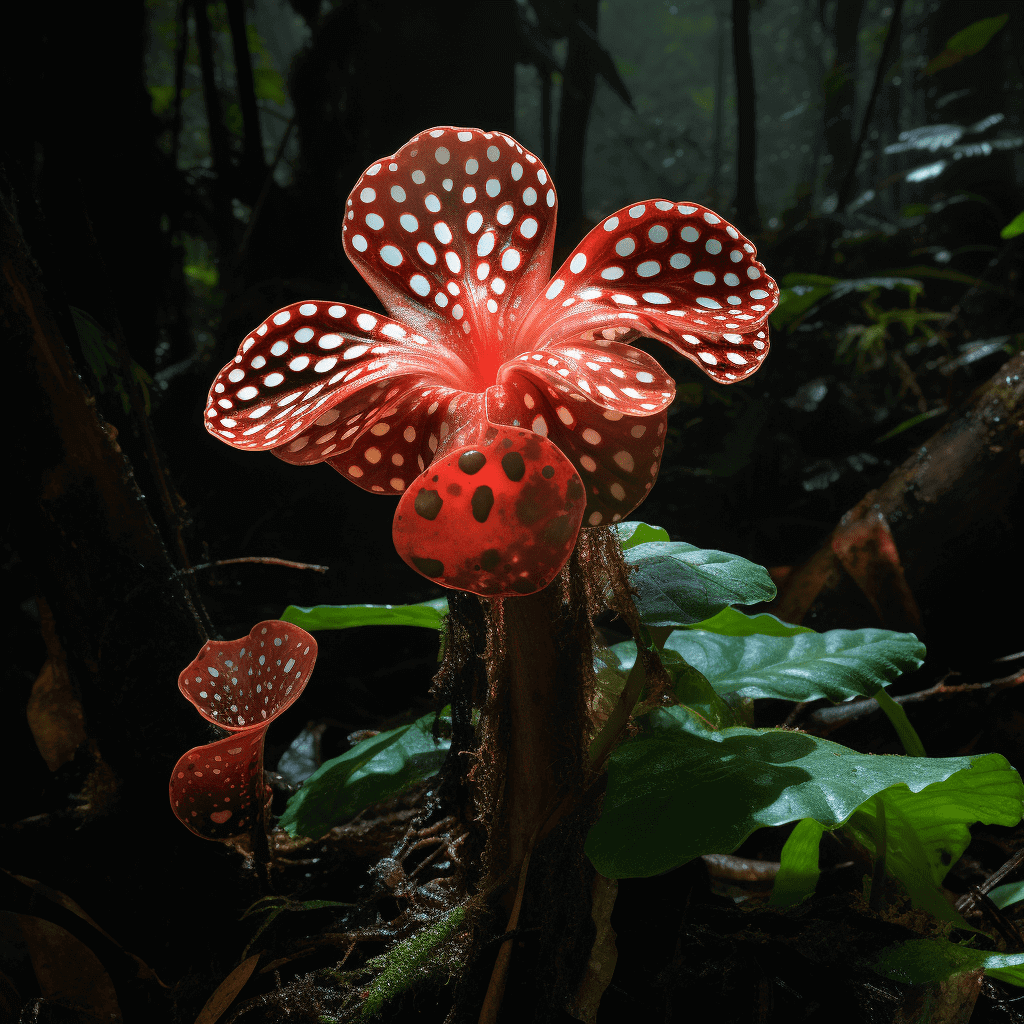The Rafflesia flower, known for its smell similar to that of decaying flesh, is on the verge of extinction. Almost 60% of the 42 recognized species of Rafflesia are critically endangered due to rampant deforestation and inadequate seed preservation techniques. Alarmingly, some species could disappear even before being identified by science.
Rafflesia arnoldii, celebrated as the world’s largest single flower by London’s Kew Gardens, can span up to a meter in diameter. The distinctive smell of the flower serves as bait for flies, facilitating the transport of their pollen. Lasting for a week, the bloom has five lobes, a reddish-brown shade with white spots.
Native to regions such as Sumatra, Java, parts of Borneo, Malaysia, Thailand and the Philippines, the Rafflesia has cultural significance. Local communities harness it for a multitude of purposes, from making energy drinks to remedies for fever and backaches.
However, efforts to conserve this unique flora are fraught with challenges. Approximately two-thirds of these species are found outside protected areas. To address this looming crisis, scientists advocate a unified, cross-regional strategy, as described in the journal Plants, People, Planet.
The Roadmap to Save the Rafflesia emphasizes the role of local communities and proposes expanding conservation territories, encouraging growth beyond its native habitat, promoting ecotourism and leveraging social media to raise its conservation stature of plants
The researchers say: “A combined approach could save some of the world’s most remarkable flowers, most of which are now close to being lost.”
This article is sourced from and written by AI.
Track and stay informed about AI-generated news:

